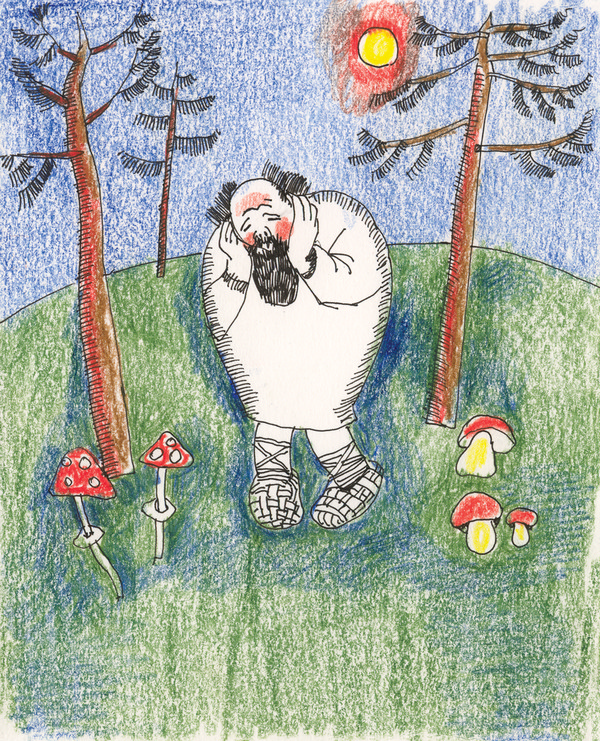http://www.linkedin.com/groupAnswers?viewQuestionAndAnswers=&discussionID=245352204&gid=70120
and the post http://futureofcio.blogspot.com/2013/06/process-analysis-vs-process-design-vs.html
and the post http://futureofcio.blogspot.com/2013/06/process-analysis-vs-process-design-vs.html
With many different opinions about process analysis, process design and process modeling, the specific of BPM (as a methodology, a practice and supporting tools) must give us the right context to avoid be getting lost in three concepts.
http://www.slovoart.ru/sites/default/files/images/27/02-vnachale/08-chto/Boqka_Tri_sosnw.jpg
We mainly agreed that enterprises need (to improve their performance) to model, automate, execute, control, measure and optimise the flow of business activities that span the enterprise's systems, employees, customers and partners within and beyond the enterprise boundaries. That was known before BPM, e.g. BPR, quality management, Lean, 6s, etc. The BPM brought into this picture the following specific features.
1. The single description of the process (i.e. template or modèle) is used in those 6 functions:
- process template is modelled (planed, communicated) - business + architects
- process template is automated (instrumented) - IT + architects
- process is executed - all participants (normal users) can see the same process instance
- individual active process instances are controlled - by super-users and business process owners
- process instances (mainly completed) are measured - by business process owners
- process template(s) are optimised - by architects and business process owners
2. The single description of the process should be executable. It must have a correct algorithm and formal coding. It should be visual and understandable for all participants. Thanks to modern BPM tools this is easy achievable right now.
3. Because of the recursive nature of processes, the creation of this single description of the process is an iterative work. Within each iteration there are analysis and syntheses (or design).
See slides 28-38 in http://www.samarin.biz/pubs/AS-AW08-track.pdf
4. Functions (from the item 1 above) can be carried out in several different sequences as shown in http://improving-bpm-systems.blogspot.com/2010/12/illustrations-for-bpm-acm-case.html . Classical "as-is" and "to-be" are just one of many options.
4. Functions (from the item 1 above) can be carried out in several different sequences as shown in http://improving-bpm-systems.blogspot.com/2010/12/illustrations-for-bpm-acm-case.html . Classical "as-is" and "to-be" are just one of many options.
Thanks,
AS




No comments:
Post a Comment